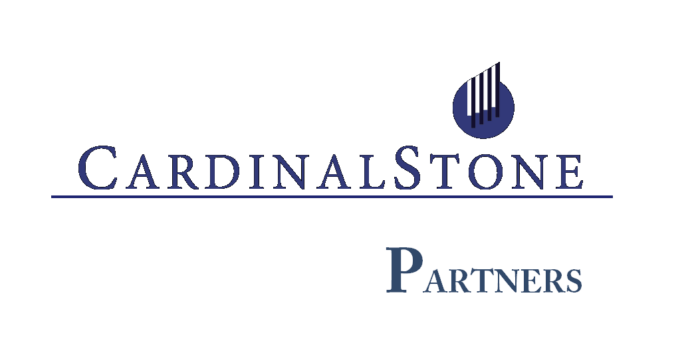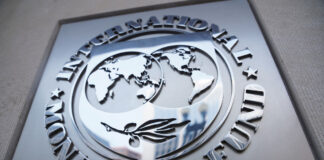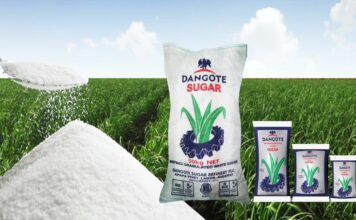Banks to Face Earnings Vulnerabilities Test in 2021 – CardinalStone
With reported low non-interest revenues (NIR), Nigerian Banks will again be tested for earnings vulnerabilities in 2021, CardinalStone Partners said in a report.
According to the firm, banks are unlikely to quickly escape the test to their earnings and capital resilience experienced in 2020. The firm explained that Nigerian banks are also having to deal with diversifying their earnings base for return on equities (ROEs) sustainability and responding to disruptions to the traditional banking model. “With the potential for interest income likely to be constrained by monetary policy, banks, indispensably, have to turn attention to boosting their non-interest revenue (NIR) sources”, CardinalStone added. The investment firm stated in the review that only STANBIC generates as much as 45%, translating to a 4-year average, of gross earnings from non-interest sources (54.6% as at 9M-2020) of its coverage universe. The average NIR contribution to gross earnings for the rest printed at 25.7% (27.0% as at 9M-2020). Fidelity bank appears to be the least reliant at 16.9% NIR contribution as lender recorded 13.8% as at 9M-2020. CardinalStone said even Holdco banks such as FBNH and FCMB lag at 24.4% average NIR contribution, which, in its view, is insufficient for ROE sustainability. The firm expressed worry over steady deceleration in NIR contribution over the past four years for its coverage banks having recorded negative 5.5% cumulative average growth rate. Analysts however stated that Zenith bank hits 13.8% and Stanbic IBTC 2.5% average annual growth rate in the period. Return on equities (ROEs) may be weaker but deserves less attention for the near term at 17.8%. “Our coverage banks’ average ROEs appear to be gradually reverting to their historical five-year mean of 16.8%, from a high of 19.2% in 2018”, the firm noted. CardinalStone explained that this reversion is consistent with its expectation of ROE normalization amidst low yields and weak operating environment. Over the firm’s forecast horizon, stated that ROE will likely accrete at a much slower pace as banks reorganize their operations for more earnings flexibility and resilience. At such, analysts said they place more weight on the stability and sustainability of ROE compared to its potential uptrend. “In contrast, improvement in asset quality, capital adequacy and earnings diversification merit our attention. “On the one hand, almost all our coverage, bar FBNH, currently have total capital ratios at least 200 bps above the regulatory requirement”, CardinalStone indicated in the report. Analysts stated that banks’ need for CBN and IFRS 9 forbearances due to COVID-19 indicate just how susceptible they can be during weaker economic cycles. Sustained frailty of domestic macros heightens lending apathy such that banks have been willing to relinquish liquidity to the CBN as excess CRR. And this lethargy is likely to persist as average sector loan to deposit ratio (LDR) was relatively flat at 60.7% in 2020 (60.6% in 2019). This was below an average of 71.5% recorded in the preceding four years and 2019 level, despite the introduction of credit inducing measures. Low interest rate environment remains a disincentive to loan book building especially with expected increase in default rate due to weak macroeconomic condition. CardinalStone stated that interest income worries if low rates persist. Explaining, analysts stated that interest rates remained low in 2020 despite initial questions about the sustainability of holding such a stance by the CBN. Doubtlessly, the investment firm said whatever hopes there were of a possible directional change in rates during the year were puffed out following the advent of the coronavirus pandemic. “The realities of low rates cascaded to about 1.1% moderation in interest income for our coverage banks, despite a 10.6% growth in loans as at 9M-2020. As the 2021 financial year unravels, the interest rate sustainability question persists as CBN financial repressive continues in the market. “Our base expectation is rates would reverse direction both as the economy recovers from recession and the monetary authorities attempt to rein in rising inflation”, analysts stated. Although, analysts at CardinalStone Partners said they have conservatively assumed an average 20 basis points cut in asset yields for its coverage banks. Meanwhile, Nigerian banks also share the notion that a change in direction lurks somewhere soon, and some are playing short tenors for asset creation in anticipation. “However, say rates remain persistently low through most, or all, of the year, then we envisage that banks will have to rely on increased lending volumes to support interest income. “Positively, low rates could bode well for interest costs, but there is only so much that can fall further from current levels. “We envisage that material interest cost savings could come in the first half of 2021, and be flattish year on year by second half or inch higher”, CardinalStone stated. Some analysts added that smaller banks with weak capital would will face earnings challenges in a more strenuous manner. Read Also: Risks to Nigerian Banks’ Asset Quality Loom in 2021 – Fitch Banks to Face Earnings Vulnerabilities Test in 2021 – CardinalStone



























































































